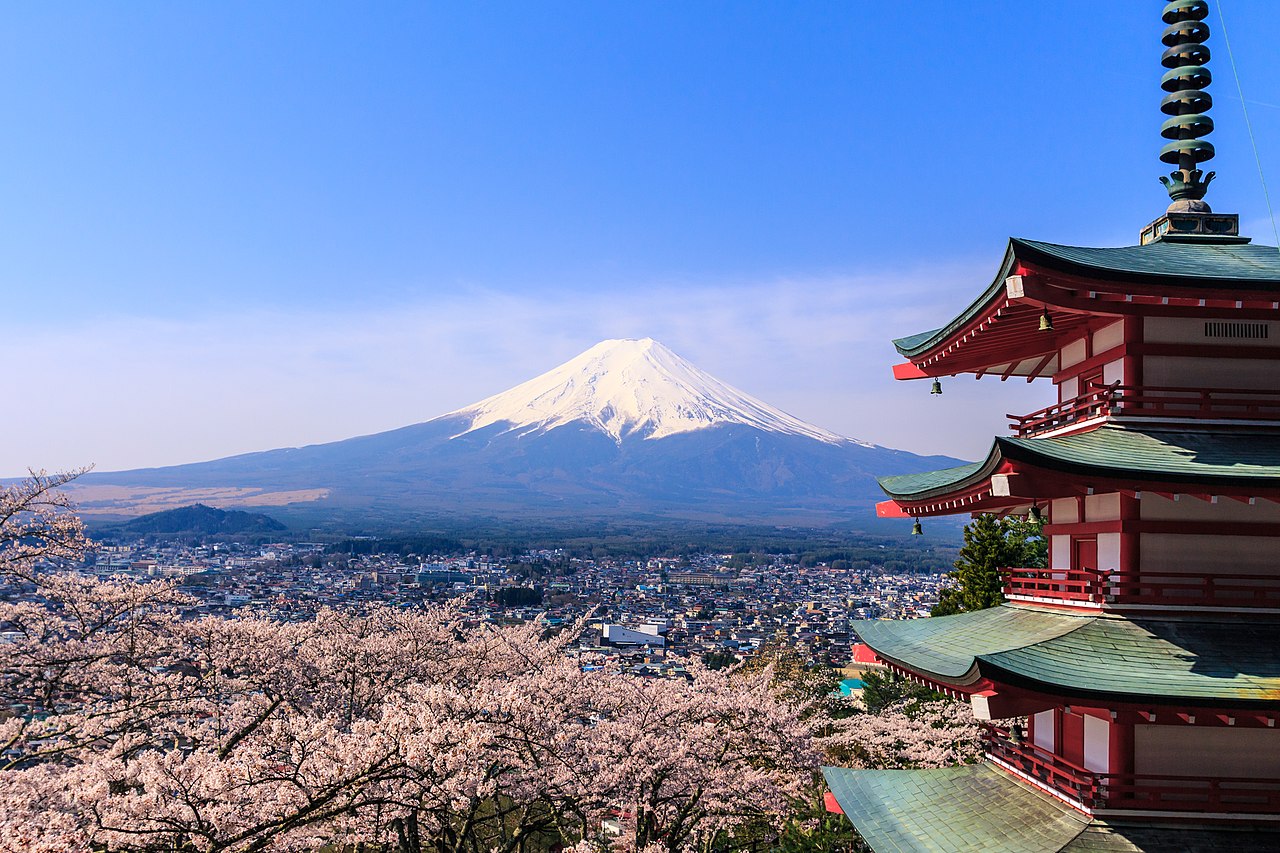
Wondering what to see in Japan is very common among those who schedule a trip to the call Country of the rising sun. Because, despite being a nation open to the Western world, we know very little about its history and traditions.
We have hardly received information about the existence of its legendary samurai warriors, his martial arts and his history from the Call Meijí Revolution (1866-70), when it was modernized and opened to the West. However, Japan has much more to offer you. As it happens in Spain or in France, has a rich and millennial history which is reflected in its great monuments. And also with wonderful Natural spaces that you should not stop visiting. All this in a modern country that offers you magnificent communications. If you are also wondering what to see in Japan, we encourage you to continue reading.
What to see in Japan: cities, monuments and natural parks
It is not easy to summarize in one article everything you can see in Japan. But the most common is that you start your trip to Japan through its capital, Tokyo, and then move around the country visiting other cities and places of interest.
Tokyo, a colossal city
Populated by more than forty million inhabitants, Tokyo is a colossal city. Your name means "Capital of the east" and it has an attractive monumental and ethnographic offer for tourists.
In the city center you can see the Imperial Palace, built in the XNUMXth century on the ruins of the old Edo castle. You should also visit in Tokyo the Yasukuni Shrine, built to honor fallen soldiers in wars; the impressive station, which occupies almost two hundred thousand square meters and through which 4000 trains pass a day, and Buddhist temples like those of Goku o Senso, the latter the oldest in the city.
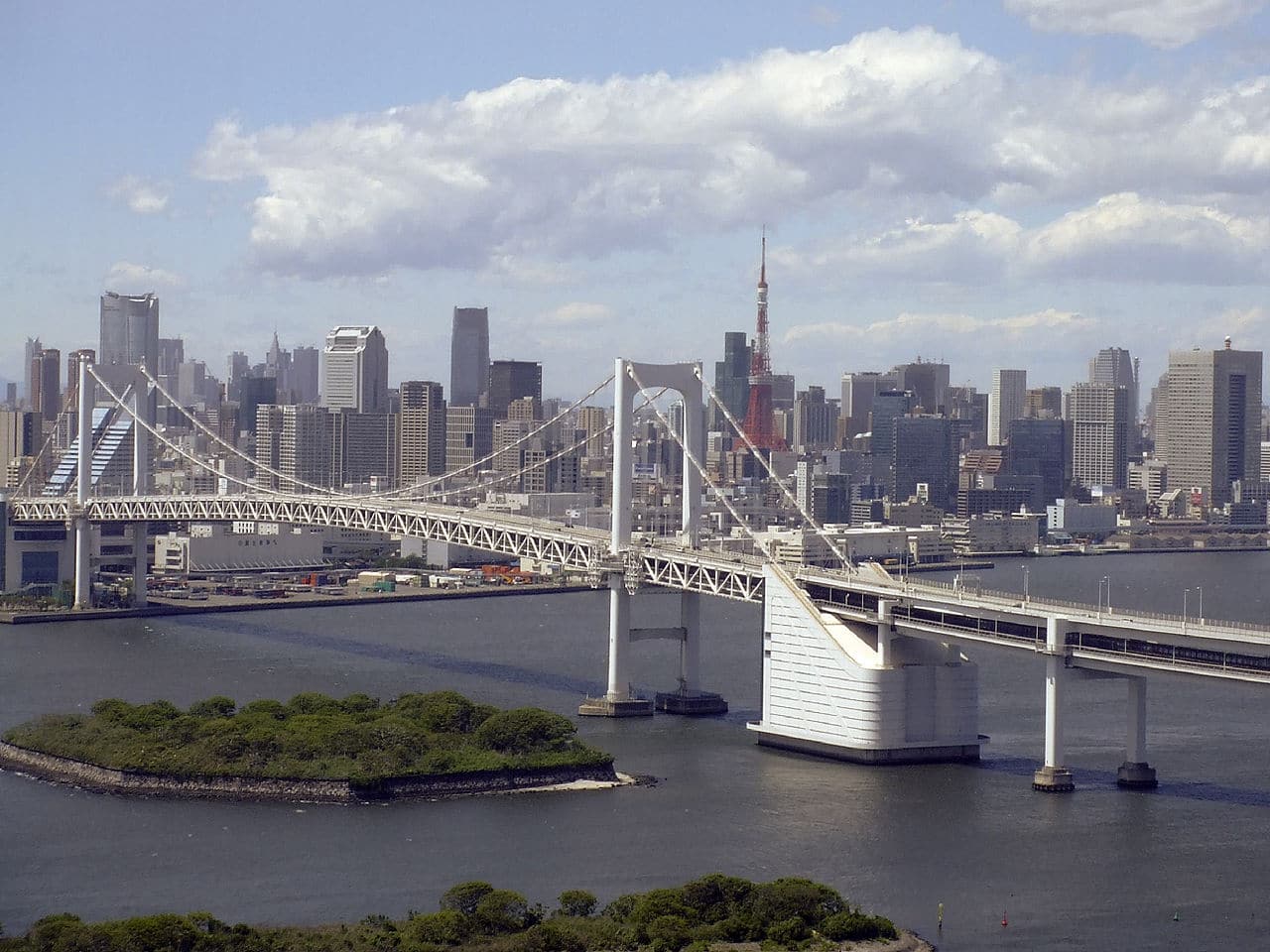
Tokyo
On the other hand, if you want to go for a walk, the Japanese capital has beautiful parks such as Ueno, wonderful when your cherry trees are in bloom; the hama rikyu gardens, with its pond and its tea house, or the Shiba, where will you see the Zojoji temple.
But, if you prefer something more original, go to the area of Ryogoku, where you can see a heya or house of sumo wrestlers; take a river cruise on the Sumida River, walk through the Kagurazaka neighborhood, where you will find authentic geishas, or take a thermal bath in the Oedo Onsen Monogatari.
Finally, you can take a photo next to the Statue of Liberty of Tokyo or enjoy wonderful views of the city from one of the viewpoints of the Tokyo Skytree tower. But, if you prefer museums, we advise you to go to the National, which houses the largest exhibition of Japanese art in the world, or the most curious TeamLab Borderless Museum, dedicated to digital art.
Ultimately, these are some of the things you can see and do in Tokyo, but there are many more. However, we are going to leave the capital to see the rest of the country.
Kyoto, the ancient capital
Although it seems to you that we are making a pun with Tokyo, both cities have nothing to do with it apart from the fact that Kyoto is the ancient capital of Japan. Therefore, it is the city of monuments and geishas.
Among the first, the so-called Historical Monuments of Ancient Kyoto, a set of seventeen buildings declared Heritage. Among them, we will mention the Ginkaku, Ryoan and Kiyomizudera temples; the spectacular Nijö castle, built in the seventeenth century, or the Shimogamo and Ujigami shrines.
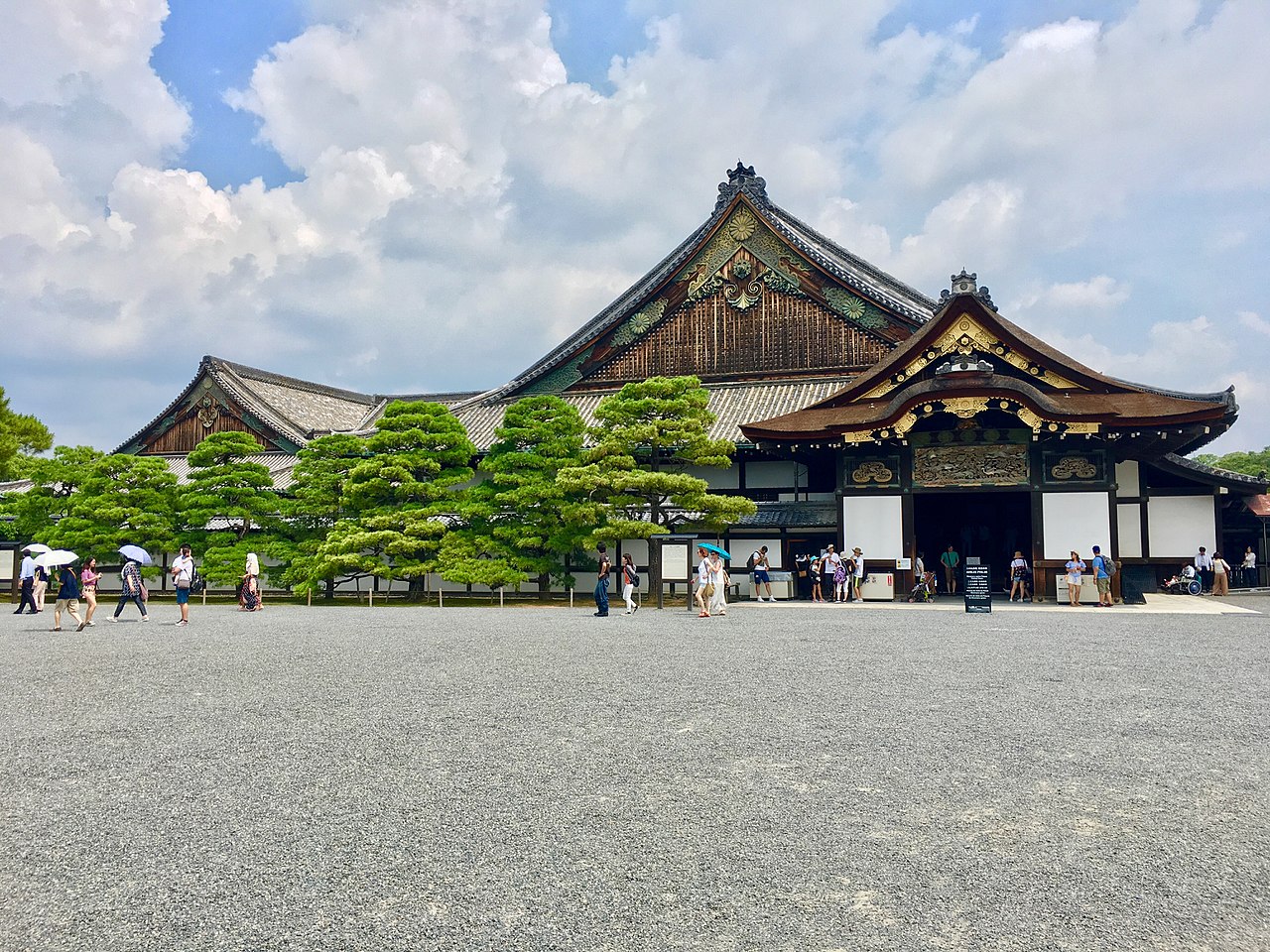
Nijo Castle
You can also walk in Kyoto through the Arashiyama bamboo forest or by the Path of Philosophy and visit other palaces and castles like those of Heian, Fushimi Momoyama (rebuilt) or the Imperial, where several emperors were crowned.
The island of Miyajima, another essential place to see in Japan
Located about thirty miles from the notorious city of Hiroshima, the island of Miyajima is famous for much more positive reasons. It has been declared by UNESCO as Heritage, especially for presenting a harmonious relationship between architecture and landscape.
But it also offers you monuments such as the Ootorii Gate, which has become its symbol. It is a huge traditional Japanese arch raised in the sea whose base you can access when the tide goes out.
It belongs to an even more important attraction: the Itsukushima Shinto Shrine, which is built on the Seto Inland Sea. It is a marvel built in a sacred place that dates back to the XNUMXth century, although much of it was burned six hundred years later.
Therefore, most of the buildings that you can see today belong to the XNUMXth century. Among them is the Dogs or main building, the Sharks or oratorio and the Heiden or house of offerings, all of them aligned with the aforementioned Ootorii. In addition, it has a smaller sanctuary called Sessha Marodo Jinja.
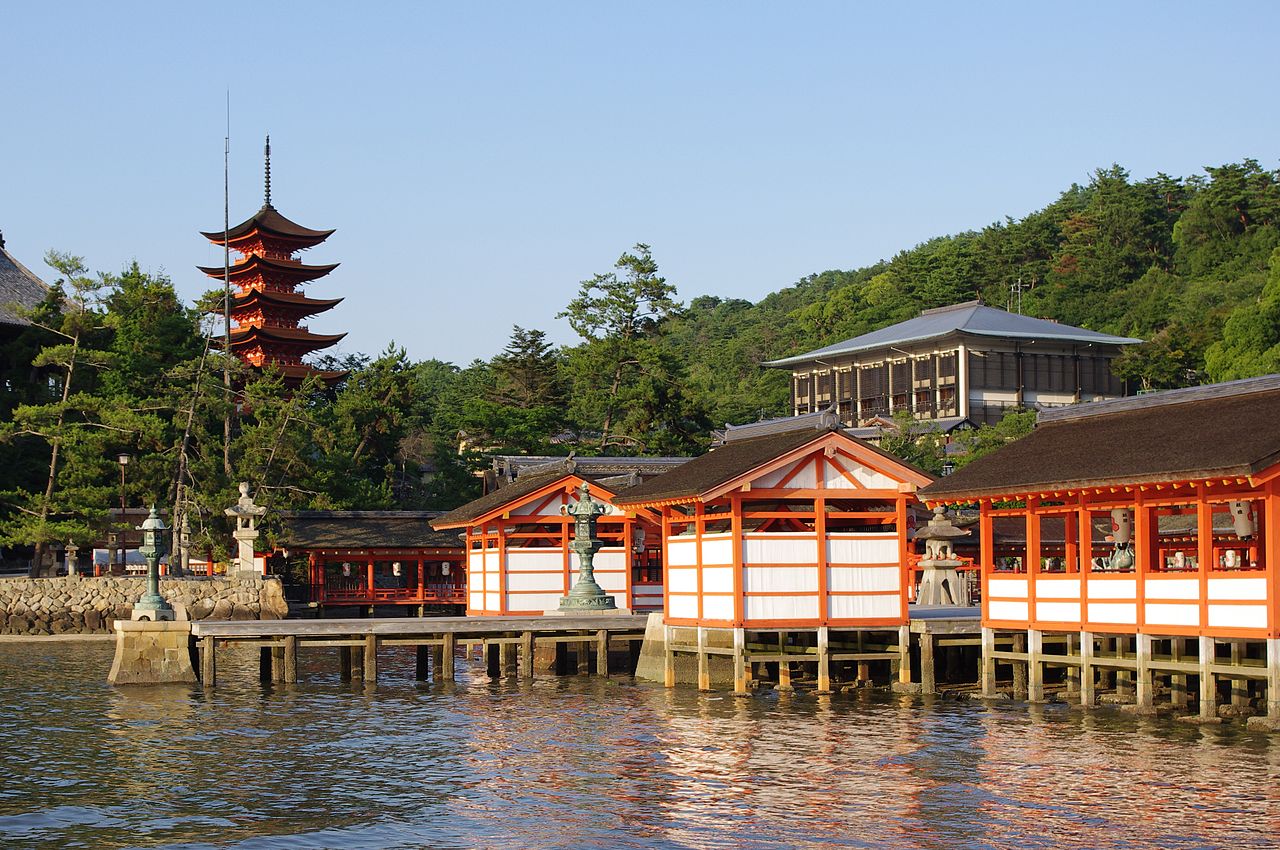
Itsukushima Shrine
Sirakawa, a genuine traditional Japanese village
The village of Sirakawa or Sirakawa-go, also called "The town of the white river". Because it is a perfect example of what to see in Japan if you are looking to learn about traditional life in rural areas.
This charming town is located in the so-called Japanese alps, made up of the Hida, Kiso and Akaishi mountains. The vast majority of their houses, also known as minkas, they respond to the architectural style gassho-zukuri. Consequently, they are wooden or clay buildings with thatched gabled roofs that resemble two praying hands.
If you visit this village in winter and go up to the gazebo that dominates it, you will see a wonderful christmas scenery, with all the snowy roofs. On the other hand, if you want to continue immersing yourself in the Japanese tradition, you can also visit the town of gokoyama, very similar to the previous one. Both have been declared Heritage.
Himeji Castle, one of the most imposing in the world
In Europe we have wonderful medieval castles whose visit takes us to times gone by. There are also in Japan and the most impressive of all is undoubtedly the himeji castle, very different from the ones you are used to seeing.
It is located about thirty miles west of KobeLand of the famous ox, and it is considered one of the oldest and best preserved buildings of medieval Japan, since its construction dates from around the XNUMXth century.
It is also known by the poetic name of "Castle of the White Garza" because its walls are covered with plaster. And it conforms, together with those of Matsumoto y Kumamoto, the triad of great fortifications of the Japanese country.
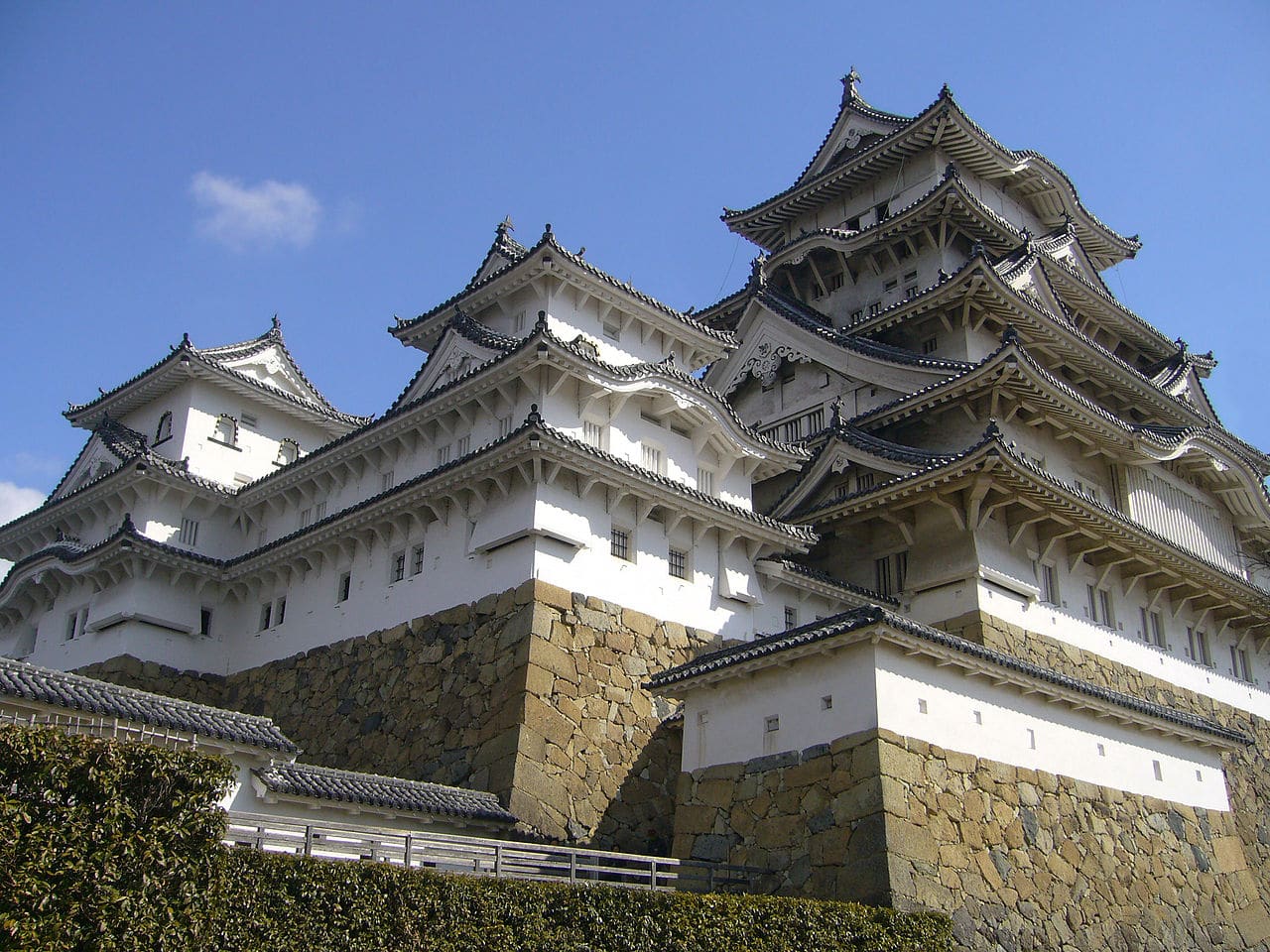
Himeji Castle
Nara, the city of temples
Nara was precisely the capital of Japan in medieval times and today it constitutes one of its main tourist destinations due to the large number of temples it houses. Make up the so-called Historical Monuments of Ancient Narawhich are also Heritage.
Among those temples are the Horyu, Kofutu or gango. You will often see them written with the ending –Ji, which comes to mean temple. But especially the all because in it is the gigantic Great Buddha of Nara.
Finally, something curious that will catch your attention in this city is the presence of the sika deer in the heart of the city. So common are they that the local merchants have turned them into another tourist attraction.
Nikko, shrines and sacred temples
If, after visiting Nara, you want to continue seeing temples, we advise you to go to Nikko, where there are also many, as well as wonderful shrines that have turned it into Heritage.
Among the latter, those of Futara-san, which is also found in the natural environment of the Nikko National Park, And of Tosho-gu o "Of the three wise monkeys", built in the seventeenth century and considered the top of the architectural style called gongen-zukuri. Regarding the former, you must visit the rinno temple.

Shirakawa
Hiroshima, the legacy of brutality
Although it is not a pleasant visit, we include Hiroshima in this tour of Japan because it was one of the victims of the atomic bombs dropped on the country in the Second World War.
Therefore, one of its most impressive places is the Peace Memorial, where you can see, precisely, the Atomic Bomb Dome, which is one of the few buildings that withstood the brutal deflagration. But no less impressive will be the Memorial Cenotaph, museum and Bell of peace.
Mount Fuji, exuberant nature to see in Japan
Not everything is monuments in the Asian country. It also has wonderful natural spaces. As for these, we propose one of the most extraordinary areas of Japan: the Mount Fuji, a gigantic volcano almost four thousand meters high.
You can see its imposing silhouette from Tokyo and you will also find organized excursions from the capital. Despite its height, it is very easy to climb to the top. The ascent is divided into ten stages, but you can eliminate five, since the road reaches 2300 meters.
There are several routes to climb Mount Fuji that also allow you to enjoy other wonders. For example, that of Yoshida it has temples, ryokan (a type of refuge characteristic of the country) and even tea houses. You can also see, if you are lucky, bears from Tibet and, in any case, observe impressive landscapes.
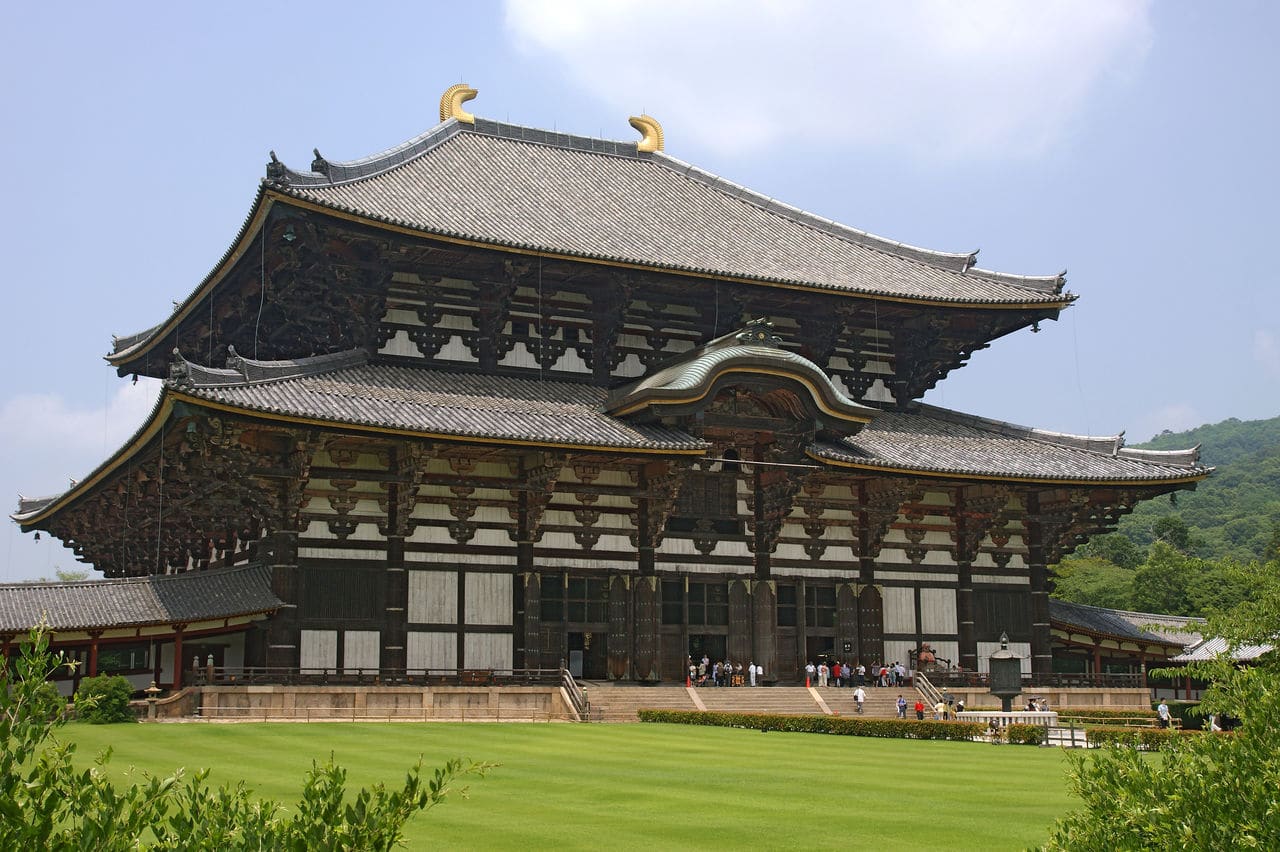
Nara Todai Temple
Osaka, the third largest city in Japan
With more than eighteen million inhabitants, Osaka is the third largest city in the Japanese country. It is located in the bay of the same name, which, in turn, is in the Honsu island, the main one of the Japanese archipelago.
In Osaka you can see its wonderful castle, built in the XNUMXth century. And, if you also visit it during the hanami, that is, when the cherry blossoms bloom, you will be truly amazed. You can also visit the Aquarius, one of the largest in the world; the Sumiyoshi Yaisha shrine, with its characteristic wooden lamps and which you can reach by tram, or temples like the Isshinji Tennoji.
More curious will be the Kuromon Ichiba market, where you will feel the daily life of Osaka; the Dotonbori neighborhood, famous for their neon lights, their advertising displays like the one in Glyco Man and your channel, or the Gate Tower Building, a building that literally passes a highway.
How to get around Japan
Once we have talked to you about what to see in Japan, we think it is necessary to explain to you what is the best way to move from one place to another within the country. Regarding this, the first thing you should know is that the train is king.
The connection between many of the most important cities is made through the shinkansen or bullet trains, which, as their name suggests, make up the country's high-speed network. So you don't have to bother with getting tickets for each trip, there is the Japan Rail Pass card, with which you can travel almost all routes.
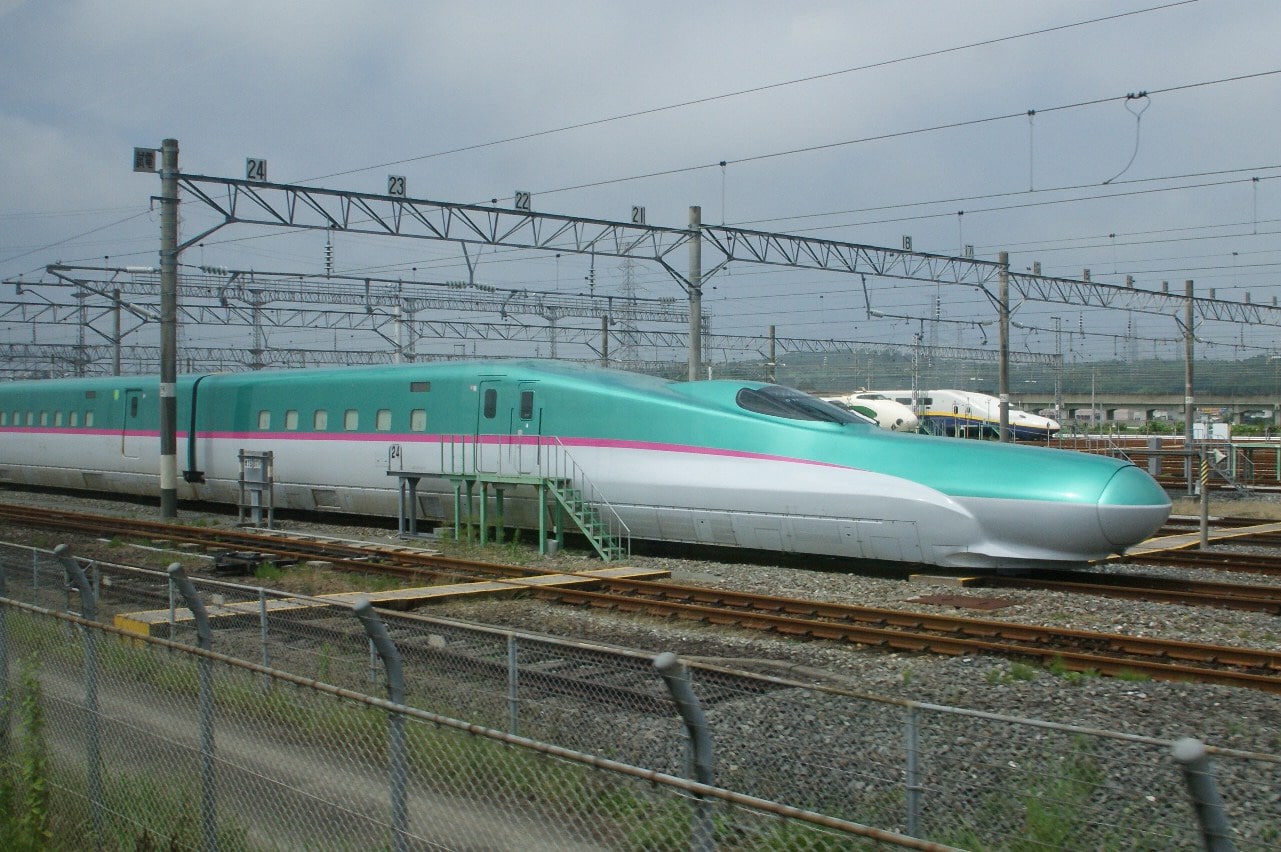
Bullet train
Once in these towns, the best way to get around them is the metro. But you also have buses that will be very useful to you. Precisely these vehicles are equally recommended to move between cities, as they are very modern and comfortable and the roads are excellent. In any case, our recommendation continues to be the aforementioned bullet trains both for their comfort and for the speed of their trips.
As We do not advise you to rent a car. The main reason is that the traffic in Japan is like in England, that is, they drive on the left. But, in addition, the speed limits are very low, some written signs only appear in Japanese script; There are no free car parks and the vast majority of roads are paid.
In conclusion, we have shown you some of the iconic places to see in Japan. In them you will find wonderful temples, monasteries and castles, but also really impressive natural spaces. With all this, you can organize an unforgettable trip to the Land of the Rising Sun. Don't wait to book your tickets.